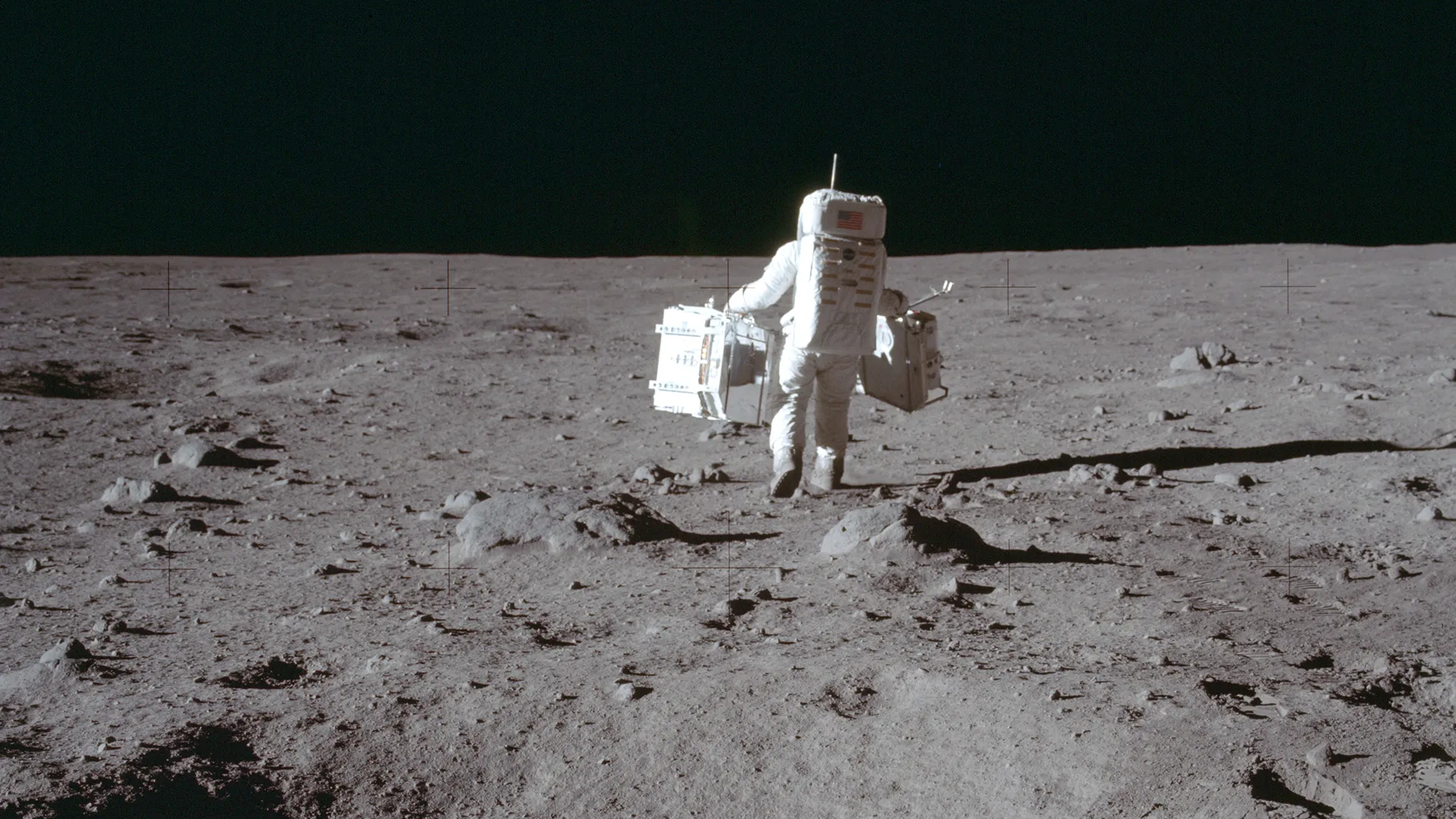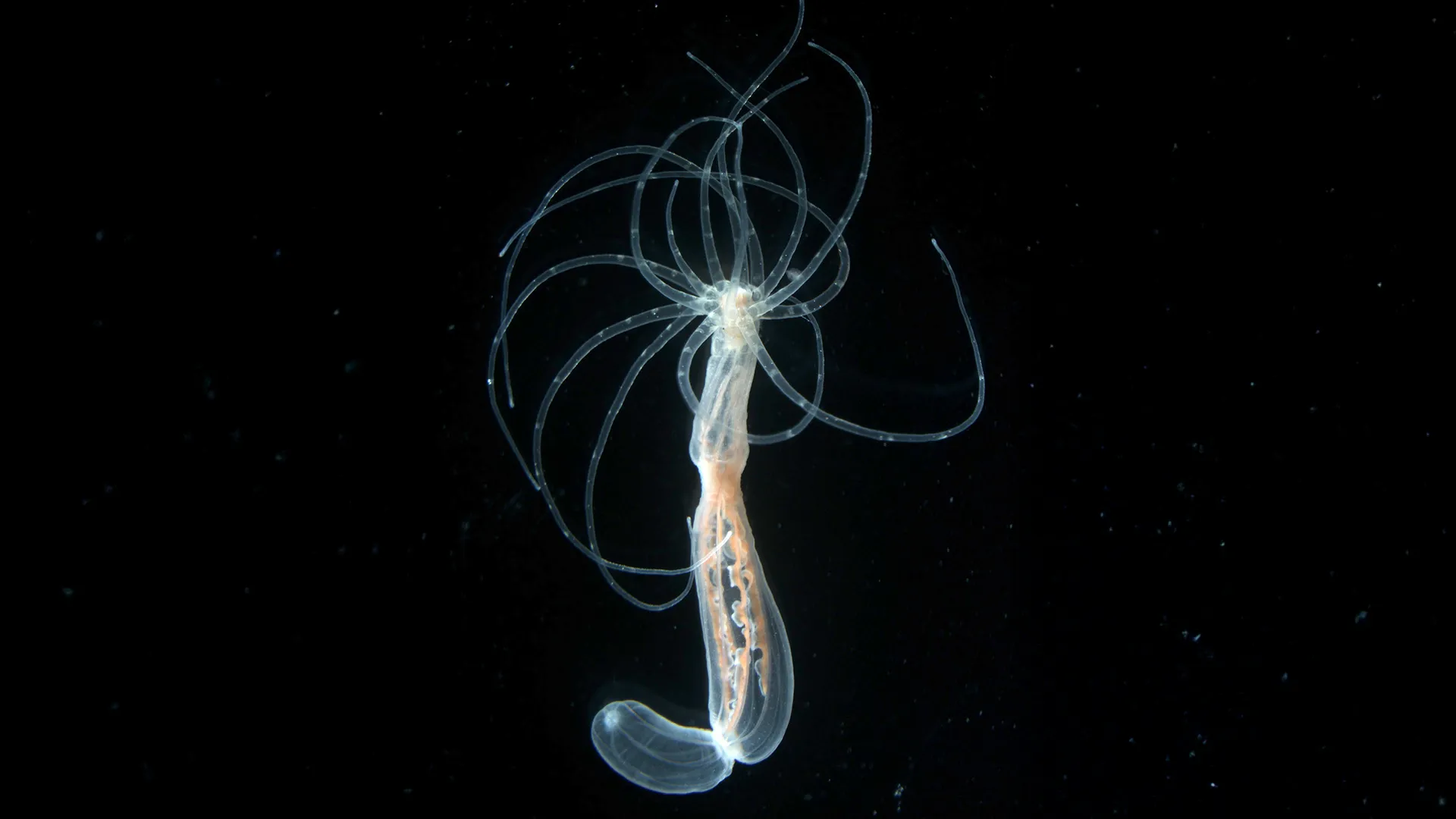Now Reading: Apollo Discovery: Tiny Beads Uncover Moon’s Volcanic History
-
01
Apollo Discovery: Tiny Beads Uncover Moon’s Volcanic History
Apollo Discovery: Tiny Beads Uncover Moon’s Volcanic History

Quick Summary
- Apollo astronauts discovered tiny, radiant orange glass beads on the Moon during their missions.
- These beads were formed 3.3 too 3.6 billion years ago through lunar volcanic eruptions, serving as “pristine capsules” of the Moon’s interior.
- A new study utilized advanced microscopic techniques to analyze these lunar beads,uncovering details about their mineral compositions and volcanic origins.
- Techniques used include NanoSIMS ion probe technology at Washington University and other methods like atom probe tomography and electron microscopy at partnering institutions.
- The analysis revealed how explosive eruptions shaped the Moon’s surface with distinct chemical compositions and eruptive styles over time,differing significantly from earth’s processes.
- Researchers preserved bead samples meticulously to avoid contamination by Earth’s atmosphere during their studies.
Indian Opinion analysis
The detailed analysis of lunar glass beads enhances understanding of the Moon’s geological history and formation processes, providing significant insights into planetary science-including potential comparisons with Earth’s volcanic activity. For India’s exploratory ambitions in space, such research highlights the value of advanced instrumentation in leveraging sample return missions like Chandrayaan’s future objectives or ISRO’s increasing focus on interplanetary exploration.
While this study focuses on ancient lunar processes, its findings serve as a reminder of how innovative approaches can extract new facts from decades-old collected materials-emphasizing investments in research infrastructure for developing nations like India aiming to make impactful contributions to global scientific knowledge.























